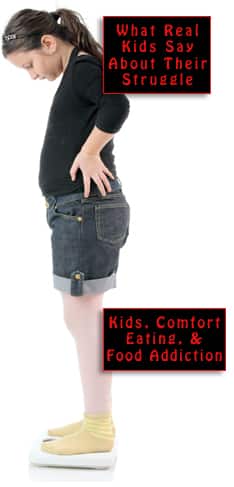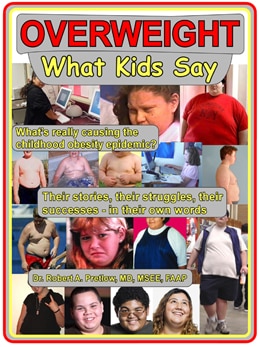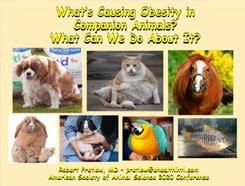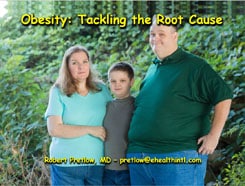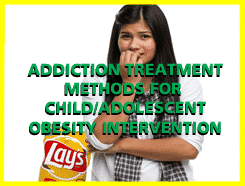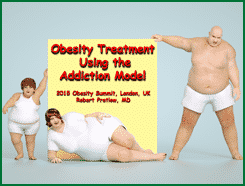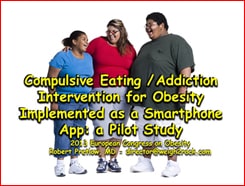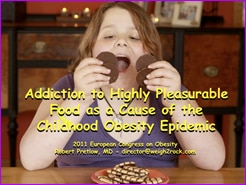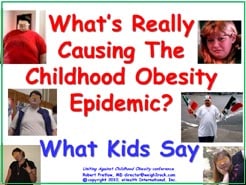Withdrawal’s Big Problems

The previous post talked about withdrawal, which sometimes, even in the case of legitimately prescribed pharmaceuticals, can be a full-scale life-threatening experience requiring medical support; or perhaps only put a patient through a period of malaise and general discomfort. In any case, subjective experience is a difficult thing to argue. Still, as long as there are people who believe that quitting problem foods is comparable in misery to quitting a hard drug, it is certainly a problem to be dealt with.
Some formerly obese people have reported cravings for a while, until the body readjusts to the new regime. Childhood Obesity News has mentioned Dwight Riskey, who is a cravings expert. He worked with a team at Monell Chemical Senses Center which found that “people could beat their salt habits simply by refraining from salty foods long enough for their taste buds to return to a normal level of sensitivity.” Sounds easy!
One school of thought holds that along with letting withdrawal happen, it is important to take active detox measures at the same time, and there are versions of this plan for every substance including food. Philip Werdell wrote extensively on the subject. When asked what happens, once a food addict begins treatment, he said:
When overeaters are separated from their primary binge foods, the first change is that they stop having physical cravings or, at minimum, the cravings are lessened to the point where they are no longer overpowering.
Even more important for long-term success, the mind of the detoxified food addict begins to change in remarkable ways. Where once they believed their own rationalizations (read: lies) about food, detoxification helps the food addict begin to see his or her past thinking as distorted.
Beat, a British organization for people with eating disorders, provides space for peer support and online development, and also works to inform the government about what kinds of backing and research are needed if the nation’s obese people are actually to be helped. Spokesperson Frankie Mullin described addicted people’s problem as “trying to fill a bottomless void and no amount of food will satisfy their cravings.”
Withdrawal from alcohol leads to a state of sobriety, which some people find very unpleasant indeed, and also compare to an endless chasm of emptiness. When writer Benjamin Davis got sober, he felt constant boredom, inability to sleep, and social anxiety, concluding that “if I didn’t find ways to solve those problems, I’d be back to drinking again.” Worse, he felt he had been misled, tricked into thinking that sobriety would cure all his problems, only to find that “actual solutions take time, patience, and continuous effort.” He started reading for several hours per night, dropped people who did not add value to his life, and conveyed the message to supportive friends:
People need more than support; they need solutions, alternatives, and creative thinking. Otherwise, best case scenario, we just get addicted to something else…
Your responses and feedback are welcome!
Source: “The Extraordinary Science of Addictive Junk Food,” NYTimes.com, 02/20/13
Source: “How emotional eating keeps you stuck,” OhThatsTasty.com, undated
Source: “Food addiction: know the facts,” Food.UK.MSN.com, 01/05/2013
Source: “The Art of Staying Sober,” medium.com, 07/25/21
Image by gunman47/CC BY-ND 2.0










 FAQs and Media Requests:
FAQs and Media Requests: 